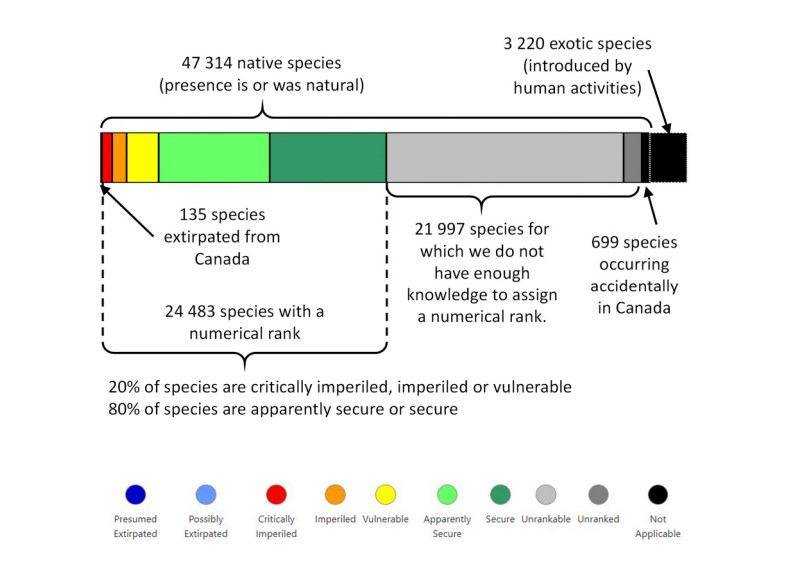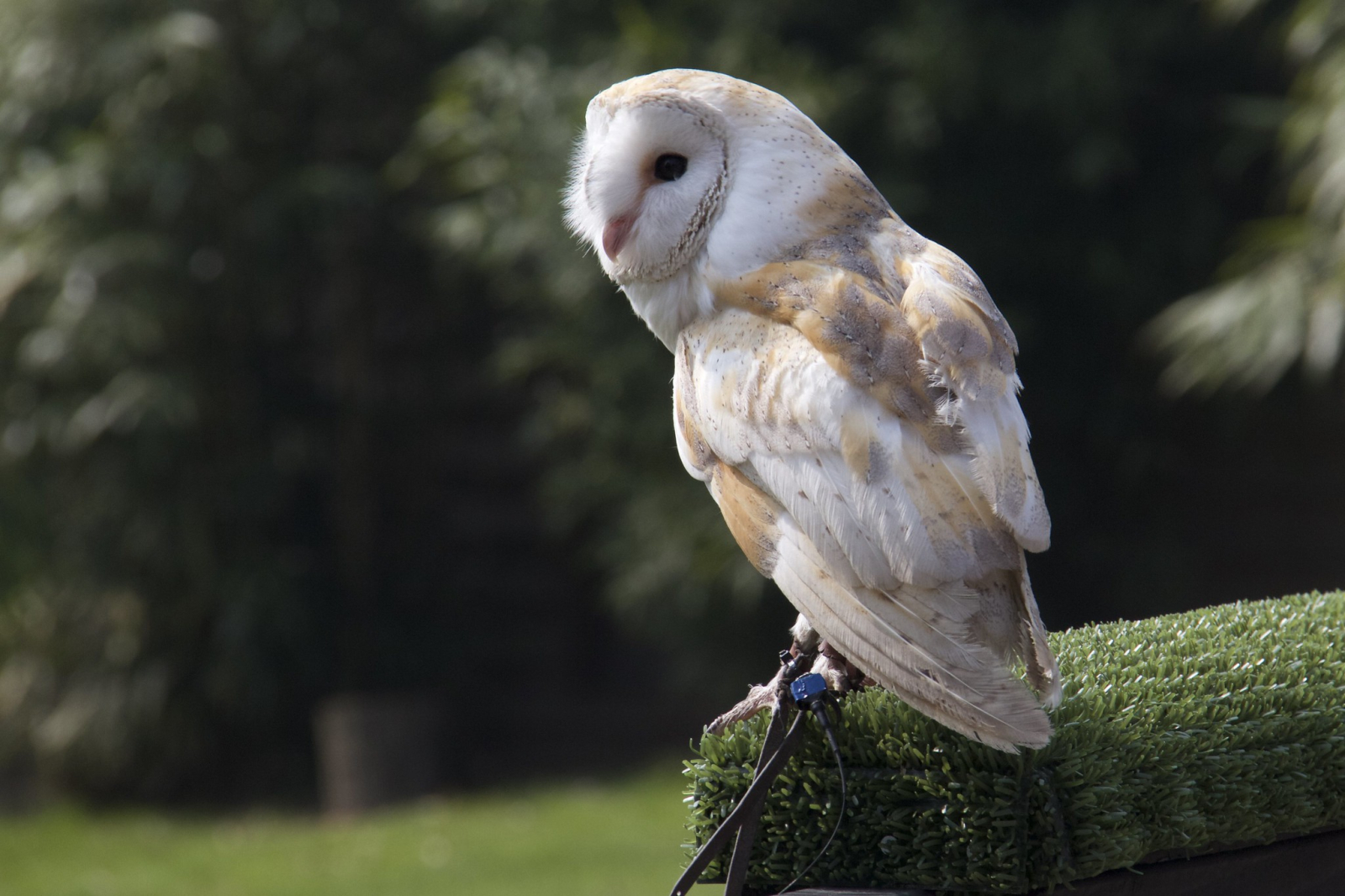At least 2,253 species are at risk of extinction, according to a comprehensive new report on the state of Canada’s wild plants, animals, insects and fungi.
Among those most in danger are the North Atlantic and North Pacific right whales, the blue whale, the Sei whale, the common gray fox and the Vancouver Island marmot, which were listed as critically endangered.
“The first step in preventing species loss is to identify what species exist, where they are found, and their status. That is why a national assessment every five years is so essential,” Terry Duguid, Parliamentary Secretary to Environment Minister Steven Guilbeault, said at a November 29 news conference on Parliament Hill.
the wild species 2020 The report, published on November 29, cataloged more than 20,000 more species than any previous edition. Duguid described the report, published every five years and produced by researchers working for federal, provincial and territorial governments, as “one of the most comprehensive national species inventories in the world.”
If you exclude viruses and bacteria, Canada is home to about 80,000 species. Of these, 50,534, including plants, animals, moths, butterflies, beetles and fungi, are accounted for in the latest report. The first report, published in 2000, cataloged only 1,670 species.
In the most recent report, the researchers had enough information to rank 24,483 of the species studied based on level of risk and percentage of their Canadian habitat. Nearly 22,000 species could not be classified due to insufficient data or were not assigned a classification because they were introduced by human activities and were considered “alien.”
The report found that 873 species are critically endangered, 1,245 are endangered, 2,765 are vulnerable, 9,562 are apparently safe, and 10,038 are safe. A total of 105 species identified as being at risk are only found in Canada; in other words, their fate depends on us.
What people are reading


The northern fur seal, barn owl and Atlantic cod are examples of species the report identified as endangered. Vascular plants, moths, butterflies and beetles are the taxonomic groups that have the most endemic species classified as probably extinct in Canada, critically endangered and nationally endangered in Canada, the report says.

Canada has committed to protecting 30 percent of its land and water by 2030 to protect biodiversity. “You can’t do that without a strong science foundation because, as we know, knowledge is power,” Duguid said.
At least 2,253 species are at risk of extinction, according to a comprehensive new report on the state of Canada’s wild plants, animals, insects and fungi. #COP15 #cdnpoli #WildSpeciesReport
This is also not possible without the provinces and territories rising to the occasion, Duguid said. The federal government is getting cooperation from cities “in spades” and “we would like to get this kind of cooperation from the provinces,” she added. “But the provinces absolutely need to step up. We are, with money and effort, and we are challenging you to work with us to preserve this natural heritage for our children and grandchildren.”
In Budget 2021The Government of Canada invested $2.3 billion over five years to support work with other governments, indigenous groups and non-profit organizations that promote the 30 by 30 goal and improve the country’s natural environment.
Next week, Canada will host the United Nations’ historic world conference on biodiversity in Montreal, commonly known as COP15, where nations will come together to negotiate a global framework to address the biodiversity crisis.
“At the recent G20 Leaders Summit, leaders called for the same ambition for this nature COP that we saw on climate with the Paris Agreement … The stakes are high in working with our partners around the world to develop a common global framework to restore and protect biodiversity,” said Duguid.
Reports like the Wild Species report are an important part of the evidence that environmental organizations will bring to COP15 to reinforce calls for a robust global biodiversity framework, he said. emily gilesSenior Species Conservation Specialist at the World Wildlife Fund of Canada.
Although BC has the most biological diversity of any province or territory, it is also home to the largest number of endangered species.
“The new Wildlife Report shows that Canada is facing a biodiversity crisis and our species and wildlife are going extinct. This will have devastating impacts on people’s well-being, food supplies and livelihoods,” NDP environmental critic Laurel Collins said in a statement emailed to National Observer of Canada. She said at COP15 that the New Democrats are calling for “a real climate plan that prioritizes ending biodiversity loss and stops all fossil fuel subsidies, while protecting indigenous workers and communities.”
Natasha Bulowski / Local Journalism Initiative / National Observer of Canada
